There was no escaping the guttural roar that rose from below and reverberated around ancient Georgian pines.
What had just exploded from Augusta National’s 16th hole was no ordinary sound.
“You knew something had happened,” said Rod Pampling, who was about to play the 18th hole. “We weren’t sure what at that stage, but knew it was something special.
“When we got in and saw it, it was like, ‘oh my God’.”
FOX SPORTS, available on Kayo Sports, is the only place to watch the 2025 Masters LIVE | New to Kayo? Get your first month for just $1. Limited time offer.
CHAMPIONS DINNER: How ex-con made Champions Dinner return as image reveals shock no-show
TEE TIMES: Aussie stars drawn in blockbuster groups as full Masters tee times revealed
MASTERS GUIDE: Historic Masters change explained — and what it means for Aussie golf fans
‘HE’S DIFFERENT’: Secret change to unlock Smith revival — and why he’s exception to Masters rule
‘I’M NOT THE DEVIL’: Inside the dark truth behind Masters’ most shocking return
About 600m and four separate rows of pines split Augusta’s 16th green from its 18th where Mark Hensby was putting.
The Australian was also stopped in his tracks by the sudden eruption.
“I had a putt on the last hole I was standing over and I heard the biggest roar of my life,” Hensby said. “I had to back off my putt, that’s how loud it was.”
Golf in that era, thanks to one freak of nature, was simply different — and everyone else just had to deal with it.
“It was tough obviously (to recompose). We all knew something had happened,” Hensby said.
“That’s what he brought to an event, especially back in those days.”
Pampling, still in awe to this day, said the “different roar” that swept the property was “crazy”.
Concluding his recollection, he offered one simple, yet astute, statement.
“That’s the kind of sh*t Tiger did.”
Woods 05 rival lifts lid on THAT chip | 02:42
***
Standing on Augusta’s 16th tee on April 10 2005, Tiger Woods hit one of the worst shots he ever would strike on a Sunday while contending for a major championship.
Exactly three minutes later, he was wildly throwing limbs in celebration with caddie Steve Williams as tranquil Augusta National descended into mayhem.
For a man who oozed control with every step, the scrappy high-fives, and his own screams, said everything about how monumental the moment was.
He had just hit the shot of a lifetime.
20 years later, there remains little doubt that the shot is golf’s most iconic and — with full consideration for the context and its enduring legacy — maybe the greatest moment in sports history.
This is the story of that moment, with fresh insight from three players involved that day who spoke to foxsports.com.au two decades on.
‘MAN, I JUST FEEL SO UNCOMFORTABLE’
On the 16th green stood Chris DiMarco, oblivious to how the deafening scene would define his career at the majors.
Today, the roar remains seared in his mind.
“It was something that I hadn’t really heard,” he told foxsports.com.au. “I mean, it was concertworthy. It was very, very loud.
“I think I screamed as loud as I could and he (Woods) barely heard me.”
DiMarco was 36 and banging down the door for one of golf’s four majors, but fresh in his mind were two moments of devastation.
The first was the two-stroke, 54-hole lead he squandered at Augusta the year before. The second was narrow defeat at the last major, the 2004 PGA Championship, which he lost to Vijay Singh in a three-way playoff with Justin Leonard.
Eight months later, the American was eager to atone. Though he was trailing Woods by one shot with three holes left, the golfing immortal was in trouble with his ball in a perilous position.
Woods stood as Goliath, and DiMarco as David. Woods was a three-time Masters winner and had five other majors to boot, while he simply never lost a tournament when leading after 54 holes. (Not until YE Yang won the PGA Championship in 2009 did Woods lose this record).
And yet, the golfing giant was in a position of unprecedented vulnerability.
Woods hit a slump across 2003 and 2004 in which he didn’t win a single major, and even lost his world No.1 ranking to Singh.
READ MORE
‘DON’T LIE’: Average golfers on what it’s really like to play Augusta… and what they scored
LATEST: Masters chaos as spectators evacuated, tickets refunded in extraordinary scenes
INSIDE WORLD OF AUGUSTA: Wacky tales of death, life… and lifetime bans for simple act
PREVIEW: Ominous Masters truth was hidden by Aussie triumph… It could end in a massive LIV backfire
Staggering to believe now, but by 2005, alarm bells were ringing after Woods failed to win a single strokeplay event in 2004 – a dire consequence of major swing changes forced by surgery to his left knee.
Once, Woods was on-course to be the undisputed greatest golfer of all time. Now, there were critics suggesting he was in crisis mode and at risk of slipping even further.
Woods — who romped the Masters field by 12 strokes in 1997, and won back-to-back in 2001 and 2002 — was a whopping nine shots behind Mike Weir at the 2003 Masters. In 2004, he was 11 behind rival Phil Mickelson.
Hensby was reminded of a conversation he had in passing with Woods in 2002 which — though it seemed laughable at the time, as it does now — was starting to make sense.
“Adam Scott and I were talking (to him) in Texas about the Masters,” Hensby recalled. “And he just said ‘man, I just feel so uncomfortable there (at Augusta).’
“I go, ‘that course suits you down on the ground. I mean, you draw it and so on’. And he just goes ‘yeah, I just don’t feel that comfortable’.
“I said, ‘oh, just treat it like any other event.’ I’m sure he didn’t listen to anything I had to say, but then three years later he won.”
Woods’ drought baffled those familiar with his astonishing ascendancy, but the chat with Hensby and Scott showed how seeds of doubt were sewn.
Doubts, however, don’t remain doubts forever in the case of Woods.
The start of 2005 hinted at a return to full force for Woods, who won the Buick Invitational and the Ford Championship.
Back at Augusta in April, Woods suddenly appeared lighter with his new swing, and body, clicking into gear.
It showed in his demeanour. Notoriously an insular character who was hard to get along with, Woods was in a more pleasant mood in the days before the 2005 Masters, Pampling remembered.
He even agreed to a practice round with the Australian, set up by their mutual connection in Williams.
Pampling had never played the Masters before and was looking to learn as much about the unique layout as he could. He could do no better than playing with the best to ever walk its fairways.
Woods cut straight to the chase.
“Halfway down the first fairway, Tiger’s like, ‘if you don’t ask a question, you’re not gonna get an answer’,” Pampling said.
“So I was like, ‘ah, okay. Fair enough’. And true to his word, he was good.”
Aussies at The Masters – Full Preview | 08:15
Pampling proceeded to be gifted an “invaluable” Augusta crash course from Woods, Williams, and 1998 champion Mark O’Meara.
This, coming at a time that Woods was known to be stingy with his time and effort away from what served his own interests.
“Tiger wasn’t interested in pleasantries,” goes one particularly cold story about Woods from the biography authored by Jeff Benedict and Armen Keteyian. “The clock started ticking the moment he entered the room.
“Precisely 30 minutes later he stood up and removed the microphone.
“A table was set up with memorabilia and he was asked if he would mind signing some things. Without saying a word, Tiger walked past the table and left the room.”
Stories of Woods’ abrasiveness make Pampling’s — of Woods’ generosity — stand out.
“Whenever I asked a question as to what he does here and there he was very good at talking about it and explaining why he did it,” Pampling said.
He added: “When you’re inside the ropes with Tiger, he’s very good. I totally understand when he’s outside and he’s getting pulled in every direction.”
Incredibly, this moment wasn’t a pre-tournament aberration either. Woods was affable on Sunday, too.
Before teeing off in the final round, Woods and DiMarco were the only people left on the range.
DiMarco was your typical golfer who enjoyed the social side of the game, and even felt like he needed it to perform at his best.
And so, seeking a moment of levity before a cutthroat final 18 holes, DiMarco did something most golfers wouldn’t have dared dream about: He wrote a three-word sledge on a ball, and chipped it in Woods’ direction.
“Go the Gators” DiMarco wrote, a nod to his Alma Mata winning the NCAA college basketball title days earlier.
Woods — who went to Stanford before dropping out to turn pro — picked up the ball, crossed out the word ‘go’, and replaced it with ‘f**k’ before chipping it back.
“That was funny … I just needed a smile before I left (for the final round),” DiMarco said.
“I put that ball in my bag and I still have it.”
Woods’ influence was soon rubbing off. Pampling’s Tuesday lesson worked wonders, as he charged to a top-five finish at four-under, which he shared with Hensby, Weir, Singh and Trevor Immelman.
DiMarco was feeling good, too, pushing Woods on a final day that became a titanic struggle played out miles ahead of the field.
Around the 16th green, it was about to reach its crossroads moment.
‘OH GOD, TIGER’: THE SHOT
Misses over the back-left of 16 are rare. Players often leave the ball short for a lengthy birdie putt, but few over-hit the green.
There, players cannot access the pin directly. To get close on Sunday, the ball must reach a point on-top of the green’s slope before it slows down, changes direction more than 90 degrees, and rolls back towards the hole.
Both the weight and direction of the shot must be perfect for the ball to stand any chance of going in.
CBS’s lead analyst at the time, Lanny Wadkins, described the shot facing Woods as one of the “toughest pitches on the entire place”.
“There’s a good chance he doesn’t get this inside DiMarco’s ball,” he added.
Needless to say, Woods was in a strange place.
“I went, ‘Oh God Tiger’,” Williams said on the Chasing Majors podcast. “And I’m thinking ‘it’s in the bunker’, then I’m thinking ‘that’s in the water’, then I thought, ‘no it’s over the green’.
“All he wants to know is what’s over there, and I said, ‘I don’t know, I’ve never been over there. I don’t know what’s over there because you never hit it over there’.
“Tiger’s ball was way left of where he was aiming.”
Williams later admitted in a separate interview with Sports Illustrated that he walked well ahead of Woods to the ball as he was “somewhat embarrassed” he hadn’t surveyed that part of the course.
DiMarco watched from beside the bunker that separated the green from the pond on the left-hand side. If he sunk his imminent 15-foot putt for birdie, and Woods made what looked like a probable bogey, he would be leading with two holes to play.
Unlike Williams, Wadkins, and many others who questioned how Woods could possibly escape his predicament, DiMarco knew the situation he faced well.
And while it was a difficult pitch, DiMarco said the equation was simple, and that holing the shot was not unheard of after Davis Love III in 1999.
“I remember Davis (holing it), so I knew that from the time I got there,” DiMarco said.
“I always went to that area back there and hit a couple of chips … so I kind of knew what he was gonna do with it.
“Really, the only play he had was to chip it up the hill and let it roll back. Taking away the circumstances … it really was not a really hard chip.
“It was kind of idiot-proof, just don’t hit it too hard and it’s gonna come back to the hole.
“Now for it to go in is another story.
“That’s Tiger Woods being Tiger Woods.”
Woods walked the length of the pitch, forensically studying the slope and the mark he needed to hit for the ball to die and turn towards the hole.
He took three practice swings, stared the shot down one more time while muttering something to himself, and then sweetly struck a low-runner to a spot 25-feet above the hole.
Williams later explained in an interview with Golf Digest that Woods had picked out an old ball mark, judging that to be the spot on the slope that would see his shot fall with the correct weight, and not roll past the hole into the bunker.
“It was the size of a dime, almost fully healed, practically invisible,” Williams said. “He said, ‘You think if I hit that spot, it’ll take the slope without going into the bunker?’
“He then hit that old ball mark exactly, from 20 feet away from a tough lie … hitting the old ball mark on the fly was one of the most amazing things I’ve ever seen.”
The ball hit the pinpoint — invisible to all but Williams and the maestro himself — and turned right.
In commentary, Verne Lundquist casually declared “well, here it comes”. The next four seconds, as it became clear Woods’ shot was on path for the hole, turned this moment from routine to unthinkable.
“Oh my goodness,” Lundquist said, the genuine shock in his voice clear for all.
“The human side of Tiger Woods” revealed | 02:54
DiMarco, from one hand on his hip was now eagerly striding to the green’s edge, now making him the closest person to the hole.
“I had the best seat in the house,” he said. “I was only maybe five or six feet from the pin when his shot was coming back down.
“It caught my eye because it had a really good look to it and I just kind of watched it. And, sure enough…”
Then, the ball stopped.
THE $1.6M PAUSE
As a test of Woods’ sheer golfing ability, the chip was — on paper — like any other.
As with all greenside shots, it demanded he strike the ball cleanly, with the correct force, to a point on the green before physics took care of the rest.
The magic of the moment is instead in its dramatic visuals and audio — Woods aiming miles away from the hole, the ball turning dramatically, the gradual trickle, the spine-tingling backtrack of Lundquist and the raucous gallery.
Above all, it’s in the pause.
For 1.8 seconds, Woods’ Nike ball inconceivably dangled in golfing purgatory.
One side of the threshold sat everyday Tiger Woods greatness, and the other sporting immortality.
And while the ball decided on which side it would rest, its Nike logo crept into view, revealed its full glory, then disappeared into legend.
At the time, a 30-second commercial during the final round of the Masters cost approximately US$250,000 (A$397k).
Between the live shot and the five replays that followed, the Nike logo spent about 11 seconds on screen — the equivalent of A$146k in advertising value.
Two days later as the shot went around the world again and again, sponsorship evaluation firm Joyce Julias and Associates estimated to ESPN that Nike had realised as much as US$1 million (A$1.6m) in free advertising.
Even so, Nike knew it had just been gifted the advertising chance of a lifetime which it was going to capitalise on further.
“When I saw the shot roll in, I knew that what we would be doing for the next quarter or two would revolve around this,” director of marketing for Nike golf, Chris Mike, said at the time.
An incredible subplot to this was that Nike, and indeed the world, almost missed the pause entirely.
Years later, CBS director Steve Milton explained how he believed the ball had come to rest and made the call to switch to a shot of Woods’ reaction.
When the ball dropped and the crowd roared, Milton thought the shot of a generation had just been marred by a colossal blunder. The broadcast, so he thought, was showing a tight angle of Woods’ face and not the ball
To Milton’s immense relief, however, technical director Norm Patterson stalled and had stayed with the shot.
“After a big sigh I looked over and said, ‘thank you norm,’” Milton recalled. “He looked over at me and said, ‘Steve, we’re a great team’.”
It’s impossible to calculate what Woods gained commercially from the shot alone, but it’s worth noting he was being paid US$20 million-a-year by Nike at the time. When he eventually split with the brand in 2024, it was believed that Woods had earned about US$500m (A$794m) across the lifetime of his 27-year endorsement.
His freakish ability to conjure magic like he did that Sunday afternoon played no small part in driving that fortune.
THE LEGACY
The ball hit the bottom of the cup and the Tiger roared, before a clumsy celebration with Williams.
“That was on me,” Williams told Sports Illustrated. “That was the worst high-five ever.
“I was so excited, so much adrenaline, so much excitement in that moment. The arms and legs were going. And the arms weren’t working right.”
Woods has been asked about the chip many times since and, true to his perfectionist self, has often highlighted just how poor his first shot was before the iconic second.
“I hit a snap-hook 8-iron,” Woods said. “I was hoping it would clear the water first of all and when I saw it land I was like ‘okay, that’s one of the worst shots you could possibly hit’.
“Did I think I could hole it? Absolutely not. I wasn’t thinking that.
“I was trying to get the ball right in this little light where the trees were coming down and I knew if I could get it on there, then I could inside Chris’ ball.
“And I did.”
Those comments echo similar sentiments in 2023, when Woods hinted he was almost embarrassed to draw a good lie from his tee shot.
“If you want to go back and see the chip went in, okay, that’s cool,” he said. “But to hit an 8-iron that bad and that far off line, and I had a perfect lie, that’s not very good.”
Woods went on to win, but not in the way many people remember.
It’s often forgotten that Woods’ chip-in was not the clincher at that year’s Masters. Instead, DiMarco was remarkably unfazed, courtesy of exercises he had been developing with performance psychologist Gio Valiante.
“We were working on ‘expect the unexpected’,” DiMarco said. “I didn’t really expect him to make it, but I had put every kind of scenario out there … anything.
“So it did cross my mind for a glimpse that he might chip it in, so be prepared for that, too.”
DiMarco only narrowly missed his own birdie attempt after a long wait for the frenzied crowd to simmer down. He then made par at the final two holes while Woods became sloppy, paying the price for two more bad tee shots that led to back-to-back bogeys and dropped him into a playoff.
It’s what happened next that was actually the most decisive moment of the day.
DiMarco started walking to the 10th hole, where playoffs at Augusta had always begun, before he was stopped by officials.
“They said, ‘no, we’re going to 18’,” DiMarco said.
“It didn’t really matter, but 10 to me is basically a par-three, because everybody’s hitting their driver in the same spot. There’s no advantage to how far you hit it, you just all hit it down to the bottom and then it’s an iron shot from there.
“I’m not saying that would have changed anything, but Tiger did what he does.”
Tee to fairway, fairway to 15-feet, 15-feet back to Masters glory.
Woods was suddenly flawless, while DiMarco was left to rue a second shot that came up short and rolled off the front of the green.
Woods sipped champagne in green knowing that the cogs of Nike mega fortune were spinning.
DiMarco claims that not a single additional cent went his way despite playing a key role.
Worst still was that his window to winning a major was nearly shut with a shoulder injury on the horizon.
He missed four of his next five cuts at the majors. Just three years later, he played a major for the last time, while the 2002 Phoenix Open remained his final PGA Tour victory.
Within that slide was a rally at the 2006 Open Championship where he came within two shots of lifting the claret jug.
The man who did that year instead?
Tiger Woods.
Today, DiMarco is at peace with the cruel luck he suffered in his prime, and proud of how he played under the greatest pressure the game has to offer.
“Why I can lay my head down at night and sleep well is that I didn’t give it to him. I didn’t make any bogies coming in … I gave myself a chance,” he said.
“It would’ve been a lot harder to take if we were tied going to 18 and I made a nervous bogey and I had to live with that.
“I just got beat.
“I mean, people beat you. This game is a vicious game.”
That sentiment won’t be lost on anyone who has swung a club, haunted by demons of the one shot that would’ve broken 80, 90, or even 100.
Golf is a game defined by singular strokes, and those singular stroked defined by mere millimetres.
In DiMarco’s case, millimetres kept him out of a green jacket. It’s little wonder that for all the peace he’s made with the moment, there is one lingering regret.
“Just because you had one sleeve in the jacket doesn’t get you anything at Augusta. I can’t even get a ticket to the tournament,” he said.
“So if I was able to win that and be in the Champions locker room to get to be part of that tournament every year, that’s the one thing I probably miss.
“That’s probably the hardest thing to get over.”
Pain was on the horizon for Woods, too.
Few could’ve imagined in 2005 that Woods was very nearly slipping on a green jacket for the last time.
The passing of his father, Earl, rocked the superstar in 2006. Injuries continued to mount, while 2009 saw his universe of lies come crashing down with his long list of infidelities exposed.
As rapidly as he climbed the mountain, Woods was tumbling back down. He kept tumbling until being arrested for a DUI in 2017.
With Woods’ deep flaws brutally laid bare, the chip in 2005 became a symbol for his glory years as golf’s infallible terminator.
However, there was to be one last, unthinkable twist in Woods’ Augusta tale.
In 2019, 10 years after his last major win and 14 since last claiming the Masters, Woods clinched a fifth green jacket, doing so with a fused spine at 43 years old.
The moment that all but assured victory was his tee shot at the 16th hole that landed on the same crest, and tumbled back towards the cup in hauntingly familiar fashion to 2005.
“I’m compelled to say ‘oh my goodness’,” Lundquist said in commentary to close the full circle.
Woods’ turmoil, and the stunning way in which he returned to glory, helped his legend of 2005 swell.
Twenty years on, it’s hard to imagine it will ever stop growing.
Golf fans still know that “the shot heard around the world” was a double eagle from Gene Sarazen on the 15th hole 90 years ago. So for just how long can the legend of Woods’ shot — aided by broadcast television, the internet and smart phones — last?
DiMarco knows that there’s likely no end, something which he’s reminded of every April.
“It’ll be on the Golf Channel and they’ll run it probably four or five times up until the Masters,” he said, knowing he’s about to run the gauntlet once more.
“I don’t watch it, but I know when it’s on because my phone blows up with ‘are you watching?’ and ‘I keep wanting that chip not to go in!’
“That’d be nice one time if it didn’t go in.
“But, unfortunately it’s written in history.”
BROADCAST DETAILS (all times AEST)
The Masters coverage will feature Fox Sports Australia’s Warren Smith and former PGA Tour player Paul Gow who will be on-location at Augusta National to deliver insights and analysis.
Outside of coverage of all four rounds, the Masters offering will also feature a 4K UHD feed from Amen Corner in its entirety, as well as separate feeds for the 15th and 16th holes and featured groups at certain times.














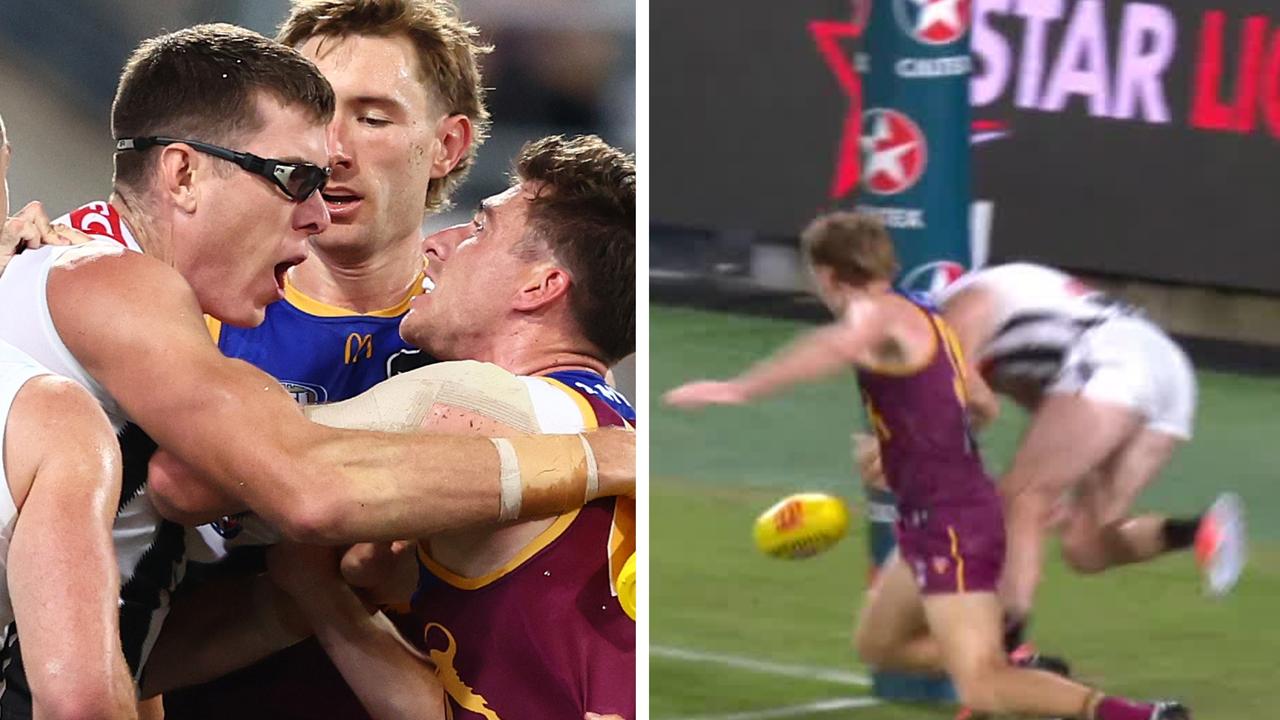


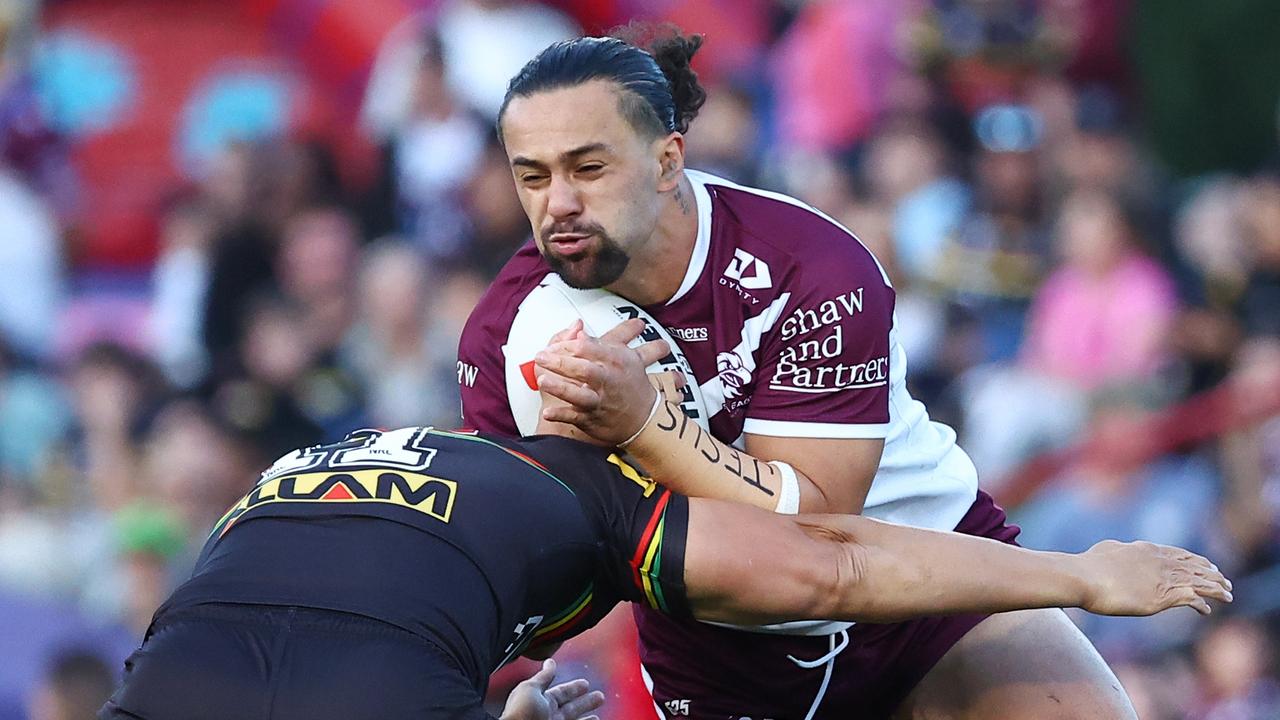
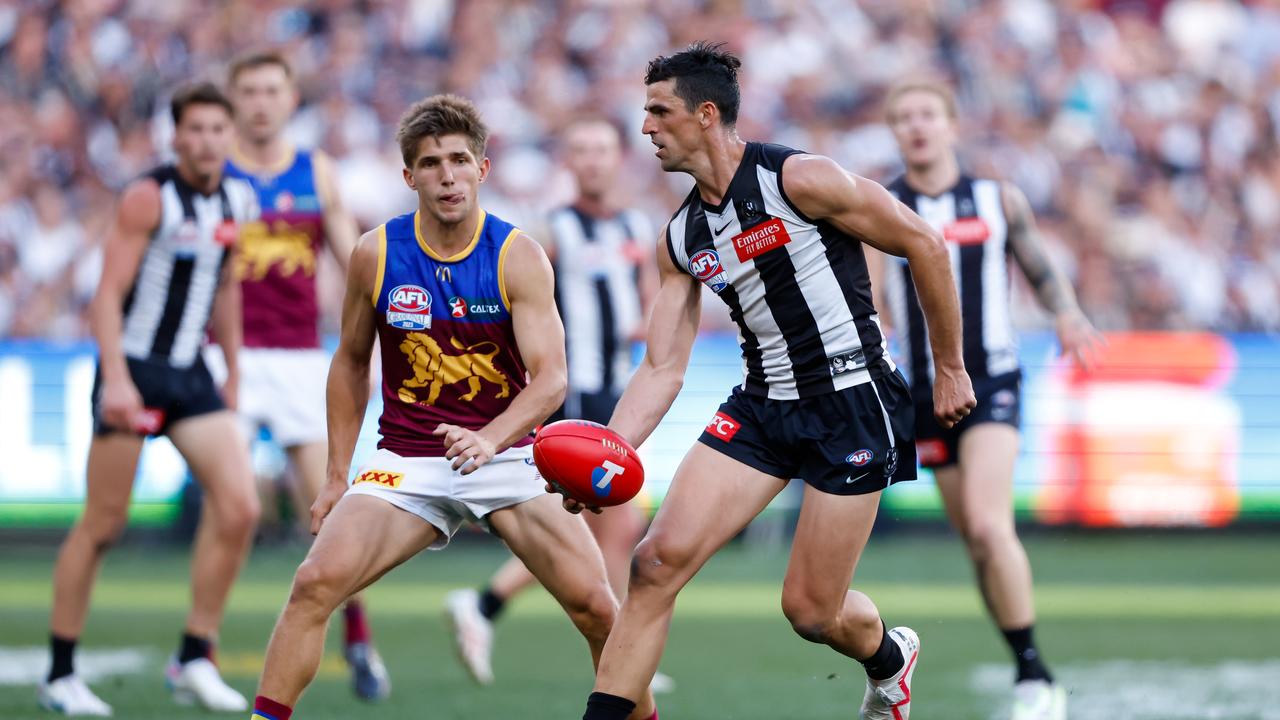
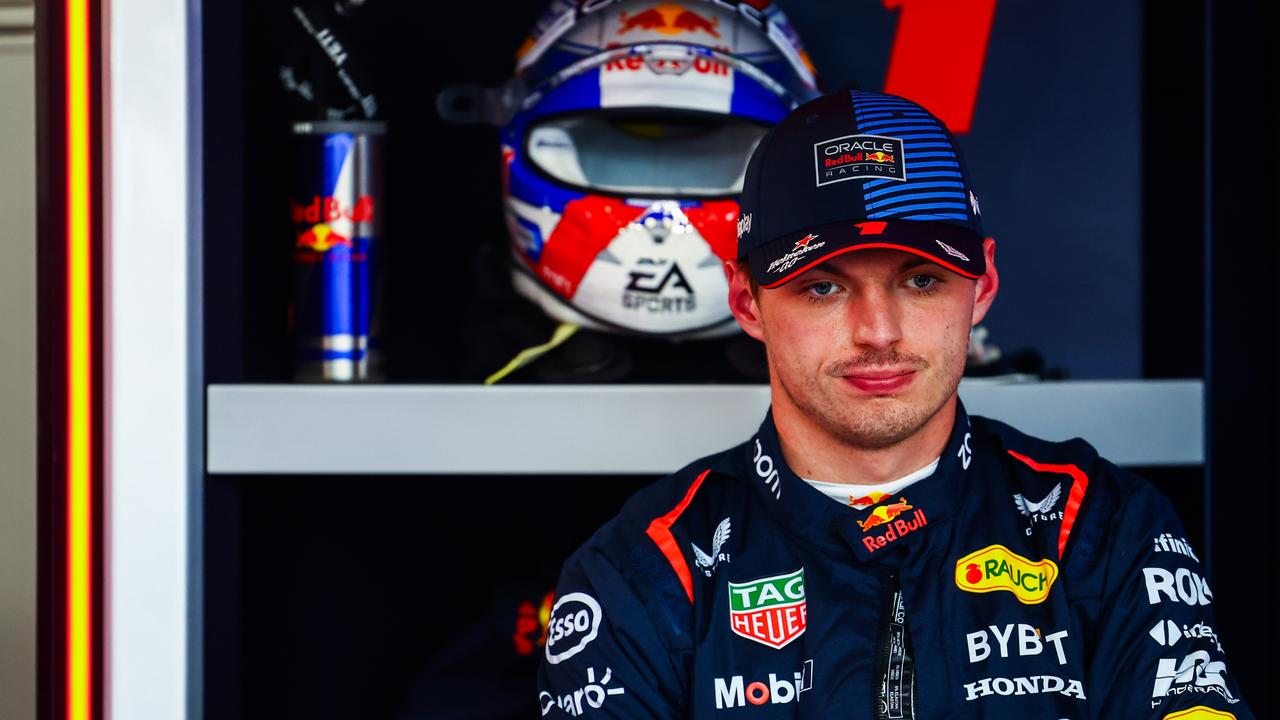


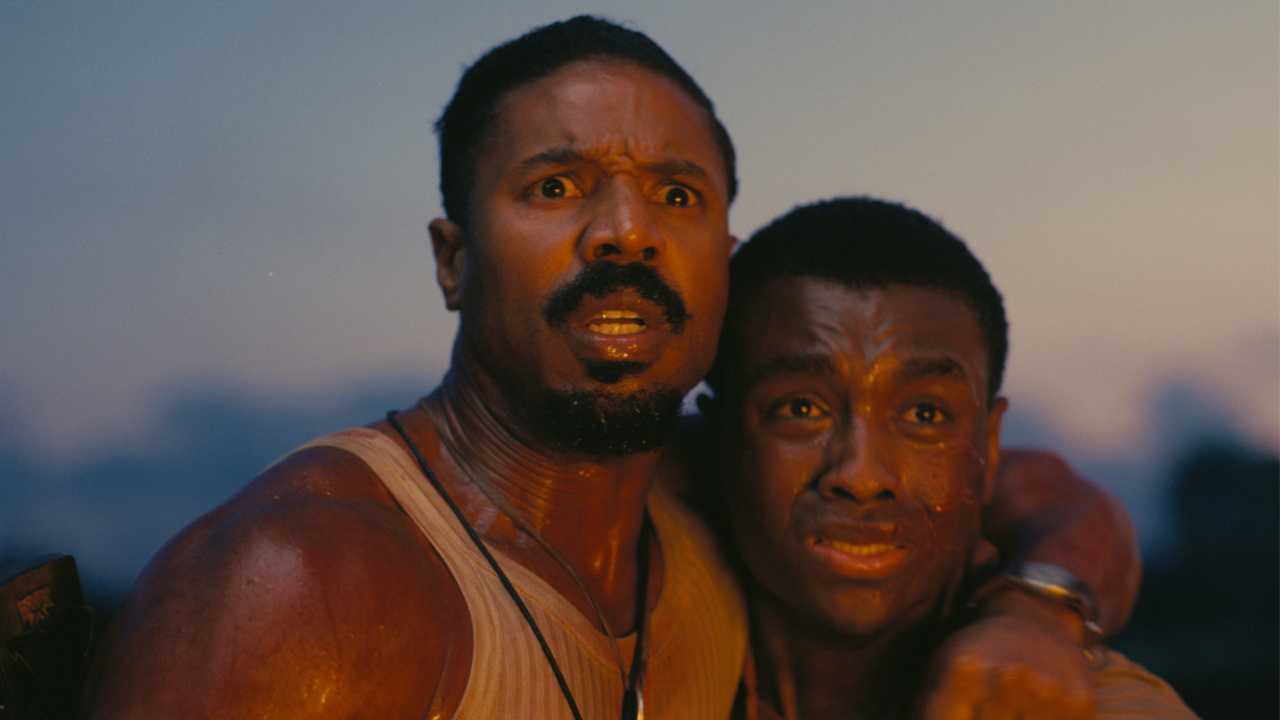
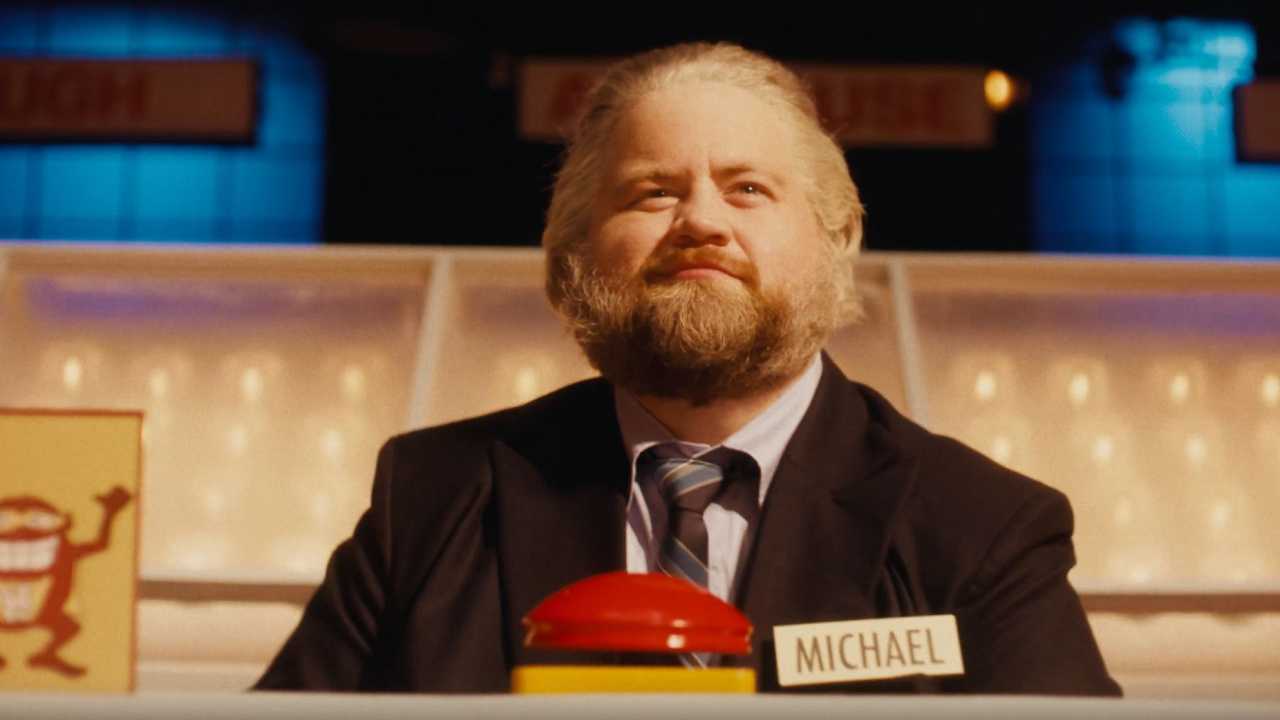
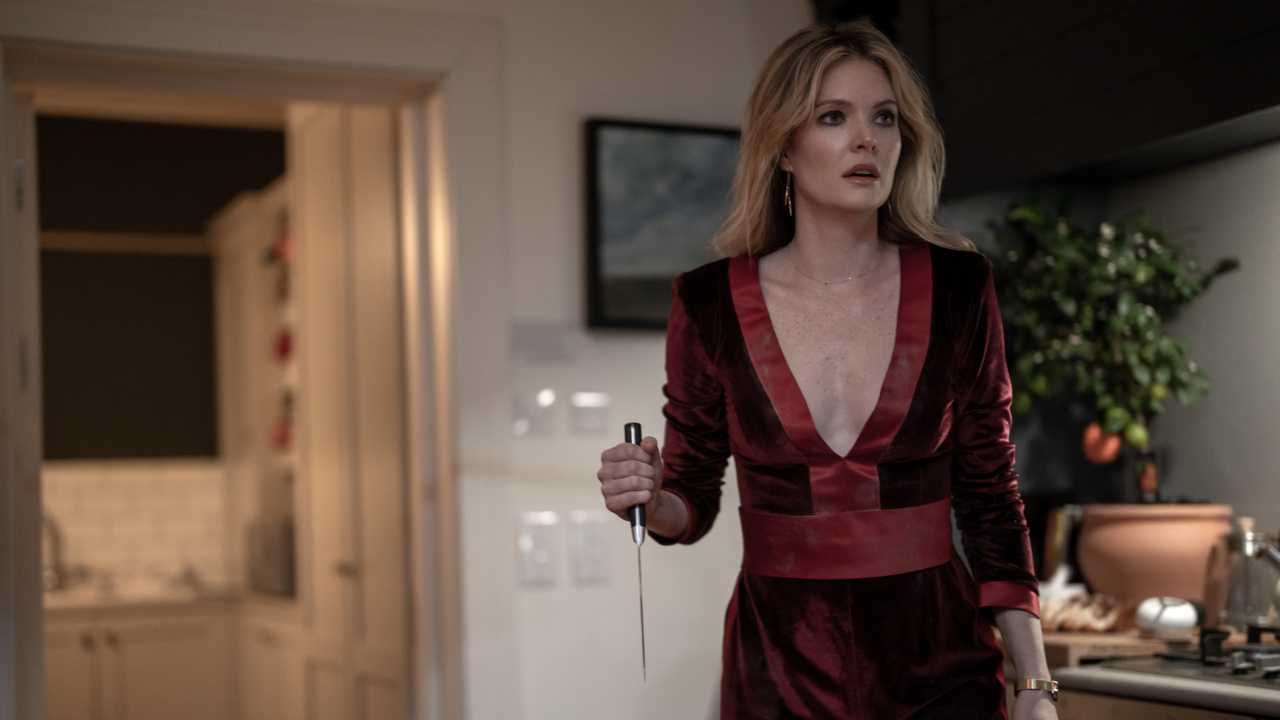
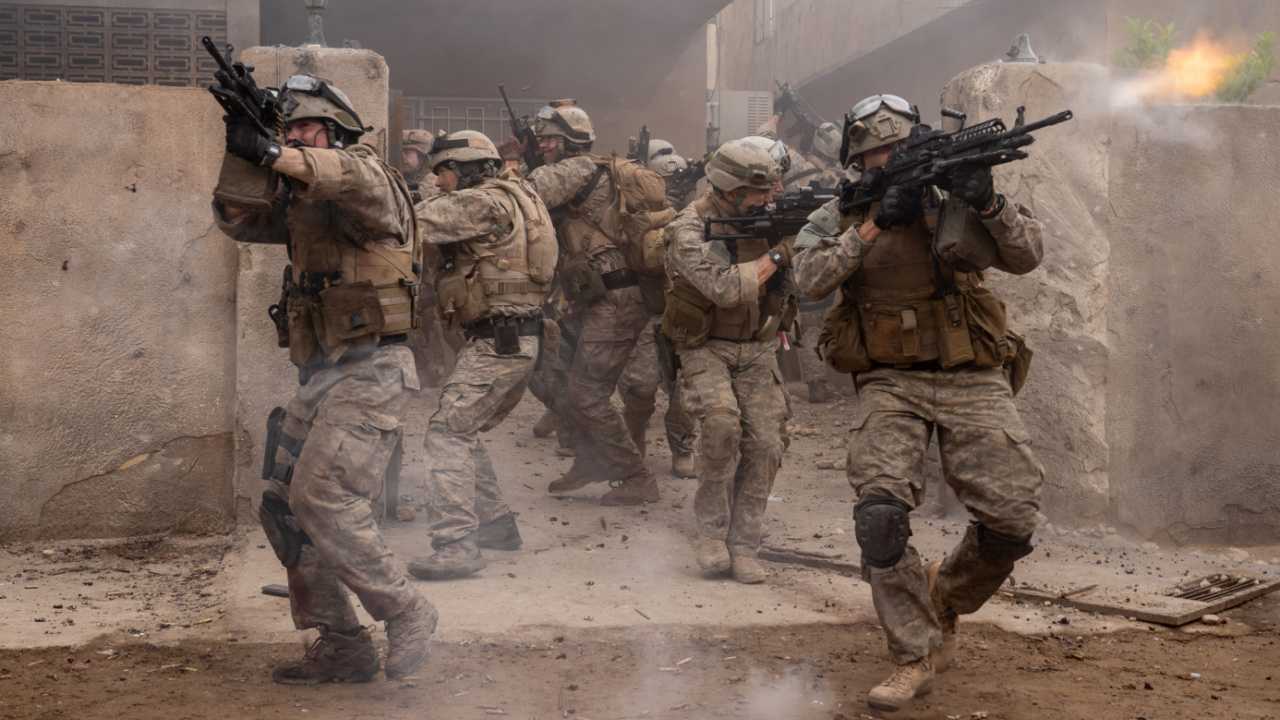
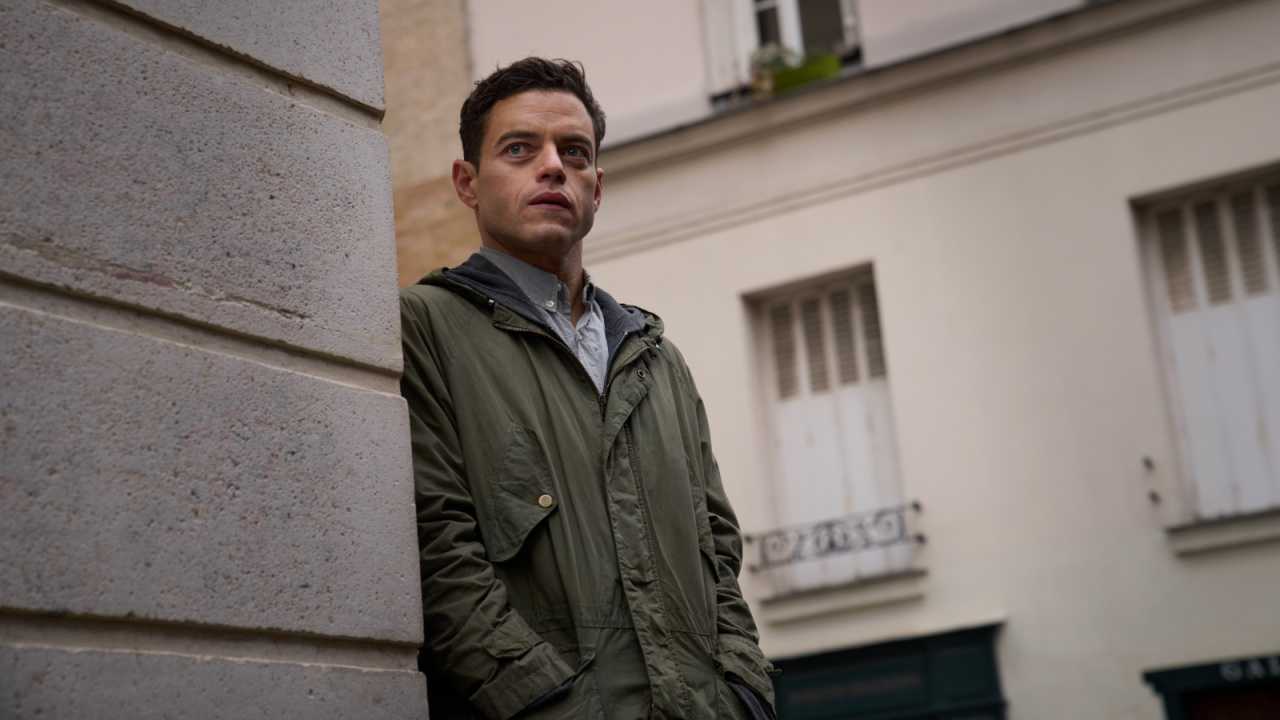
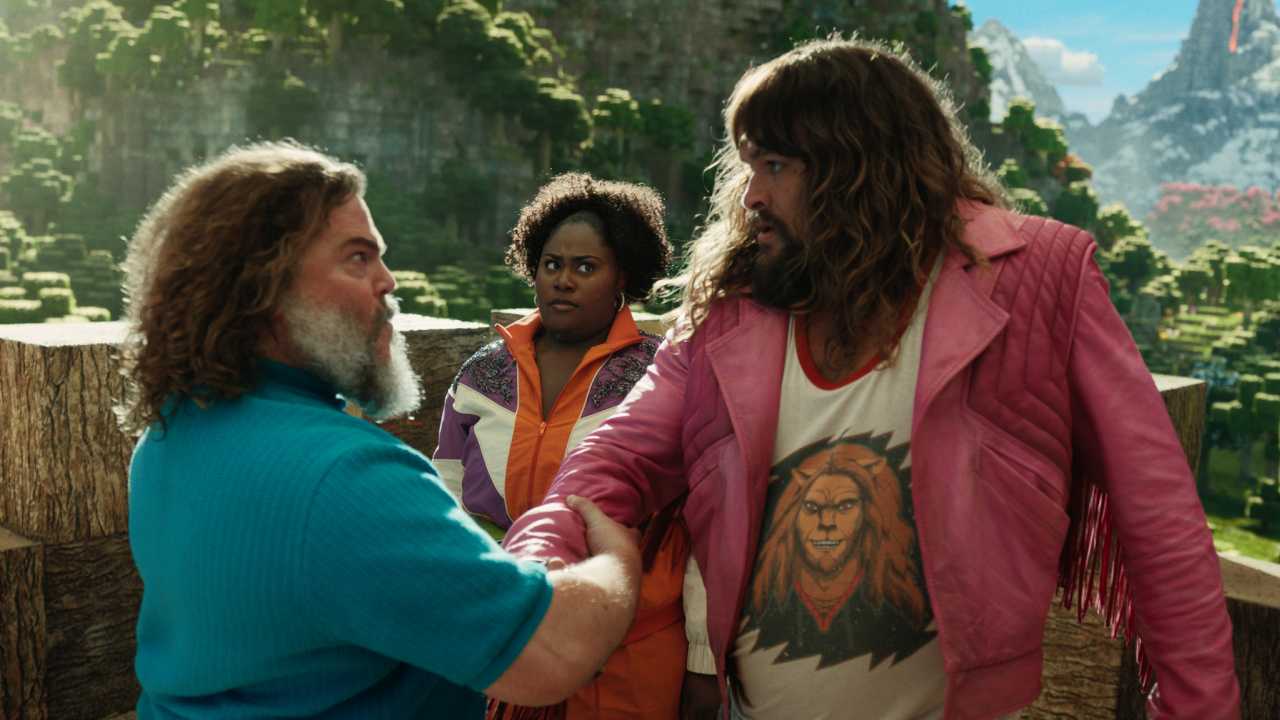

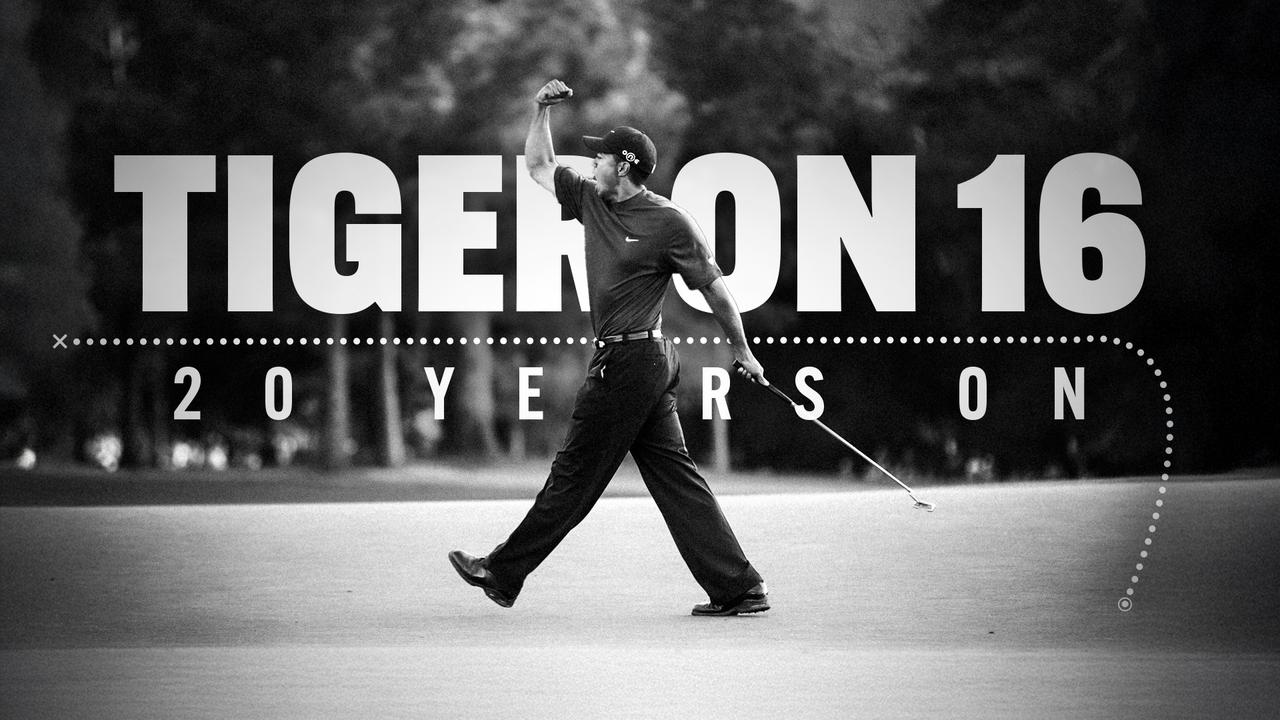
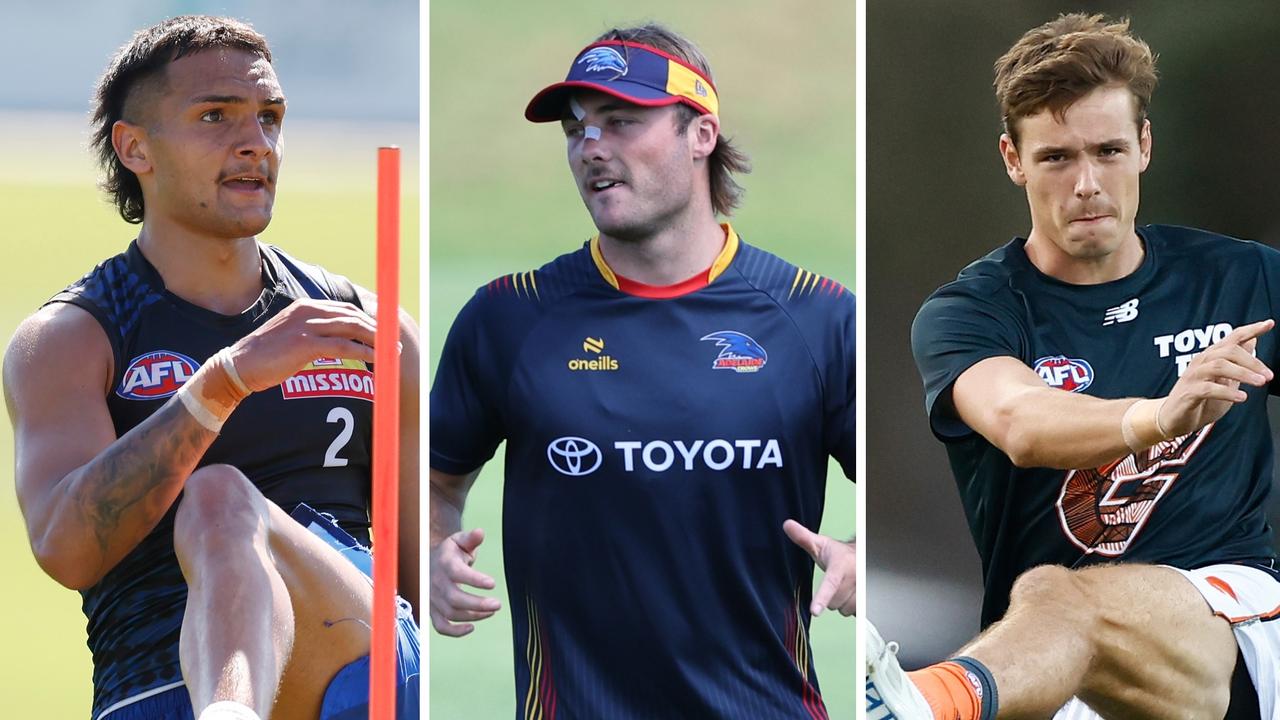
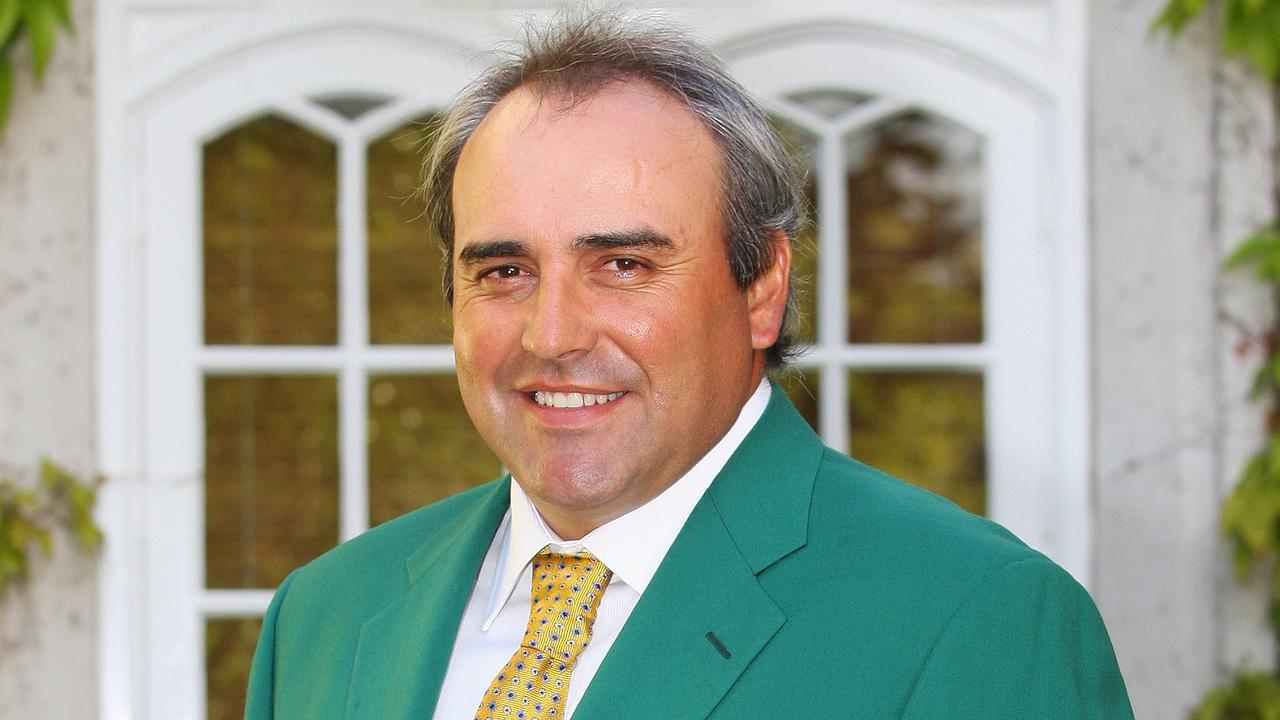
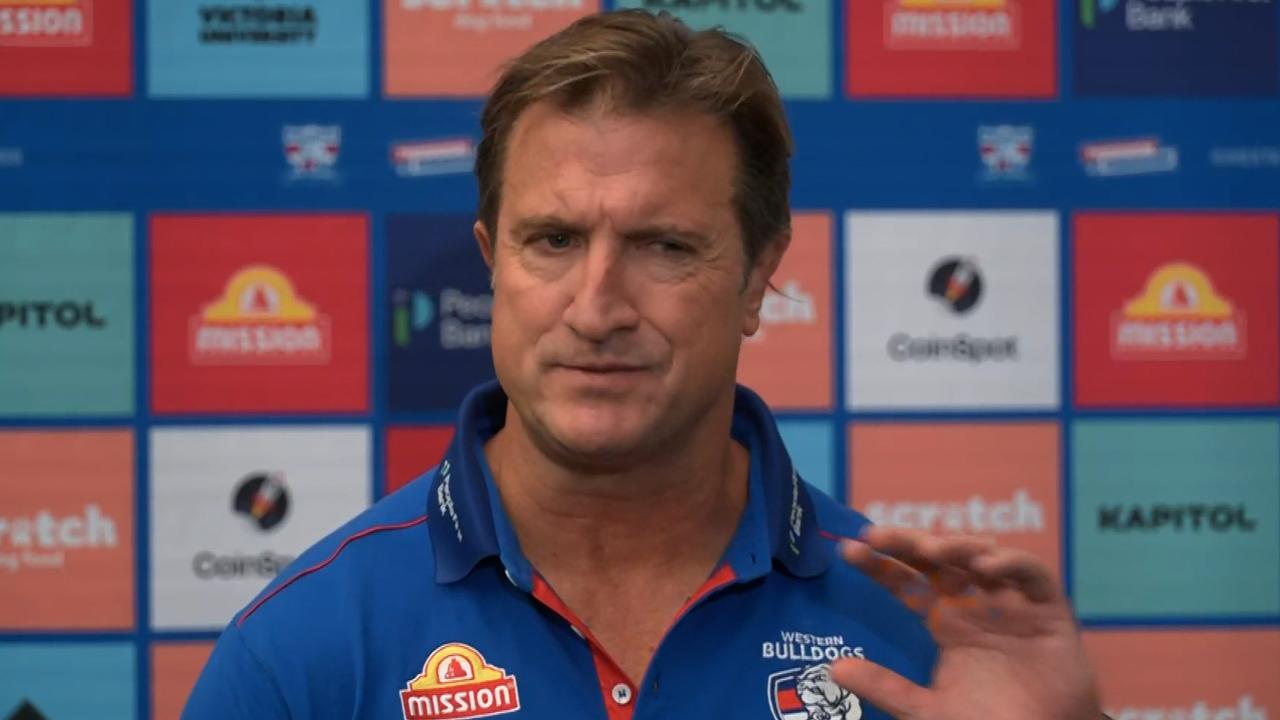

Discussion about this post